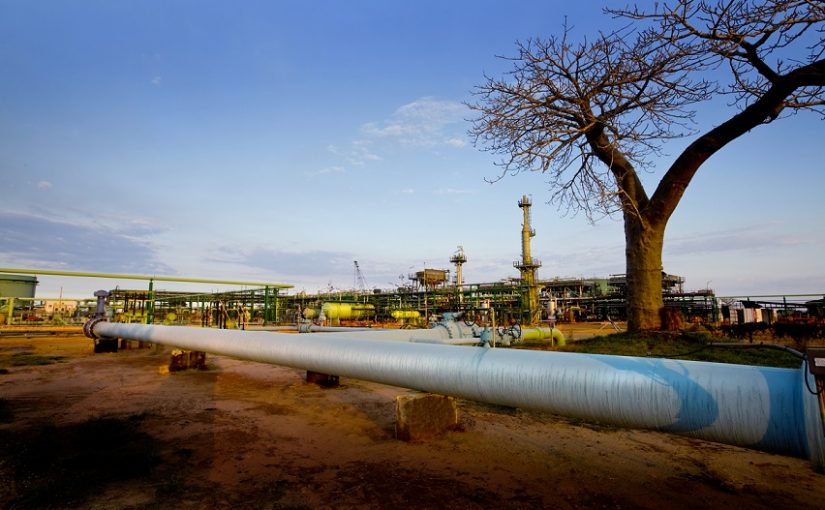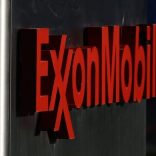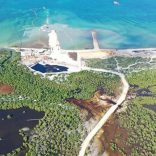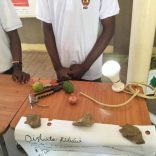Mozambique: Southern Africa MPs must act on sustainable energy transition - NGOs
Light oil and cooking gas to be produced in Inhambane, Mozambique

File photo: Sasol
A project is currently under way to produce light oil in the southern Mozambican province of Inhambane, the chairperson of the National Petroleum Institute (INP), Carlos Zacarias, told a Maputo press conference on Thursday.
The amounts involved will be small, he said, amounting to 5,000 barrels a day. The light oil will come from a well in Inhassoro, forming part of the complex of hydrocarbon fields in Pande and Temane.
These fields have produced natural gas and condensate since 2004, and are operated by the South African petro-chemical giant, Sasol.
Zacarias also announced that, within two or three years, bottles of cooking gas will be produced from the Pande/Temane complex. He put future production at 20,000 tonnes of cooking gas a year, which will cover 70 per cent of Mozambique’s current demand.
ALSO READ: Sasol triggers fuels project in Inhambane, Mozambique
As for the huge offshore natural gas reserves in the Rovuma Basin, off the coast of the northern province of Cabo Delgado, Zacarias put the total proposed investment in liquefied natural gas (LNG) production at 50 billion US dollars.
The smallest of the current projects, and the one that will come into production first, is the floating LNG platform that will be anchored in the Mozambique Channel above the Coral South gas field. This platform is under construction in a South Korean shipyard, and Zacarias said it is now 60 per cent complete.
He expected the platform to be towed to the Mozambique Channel in 2021 and, after tests have been made, liquefaction and the export of LNG will begin in 2022. This will be the world’s first ultra-deep water LNG unit, operating at a depth of 2,000 metres.
The Coral South field is within Rovuma Basin Area Four, where the operator is the Italian energy company, ENI. The floating platform is expected to produce 3.4 million tonnes of LNG a year. The British company BP has contracted to purchase all the LNG produced by the floating units for the next 20 years.
The projects for building LNG onshore plants in the Afungi Peninsula, in Palma district, are not so far advanced. The consortium headed by the French company Total intends to build two LNG plants (known as “trains”) which will process gas from the Golfinho/Atum fields in Rovuma Basin Area One.
These are expected to produce 12.88 million tonnes of LNG a year, but the start of production is not expected until 2024.
A somewhat larger amount of LNG is expected from trains built by the American oil and gas giant ExxonMobil, which is partnering ENI in Area Four. ExxonMobil will use gas from the Mamba field in Area Four. It is also planning to build two trains, which should produce 15.2 million tonnes of LNG a year. But, unlike the Coral South and Golfinho/Atum projects, no Final Investment Decision has yet been taken by ExxonMobil and other members of the consortium it heads, known as Mozambique Rovuma Venture.
With perhaps five years, Zacarias predicted, Mozambique could be producing 30 million tonnes of LNG a year, which would put it among the four largest LNG producers in the world.
Zacarias said that the INP has been checking the figures from the oil and gas companies for their recoverable costs. With support from the World Bank, the INP has been certifying the costs. This was nothing new, Zacarias added, since the INP had been certifying Sasol’s costs for the Pande and Temane fields since 2004.
The INP now has reports for Rovuma Basin Areas One and Four covering 2015, 2016 and 2017. These audits were carried out with the support of the British company Bayphase Geologists, Engineers and Investment Analysts. The companies declared that about two billion dollars worth of costs should be considered as recoverable.
The audits concluded that, of this sum, 33 million dollars were not eligible for recovery – a discrepancy of only 1.7 per cent.












Leave a Reply
Be the First to Comment!
You must be logged in to post a comment.
You must be logged in to post a comment.